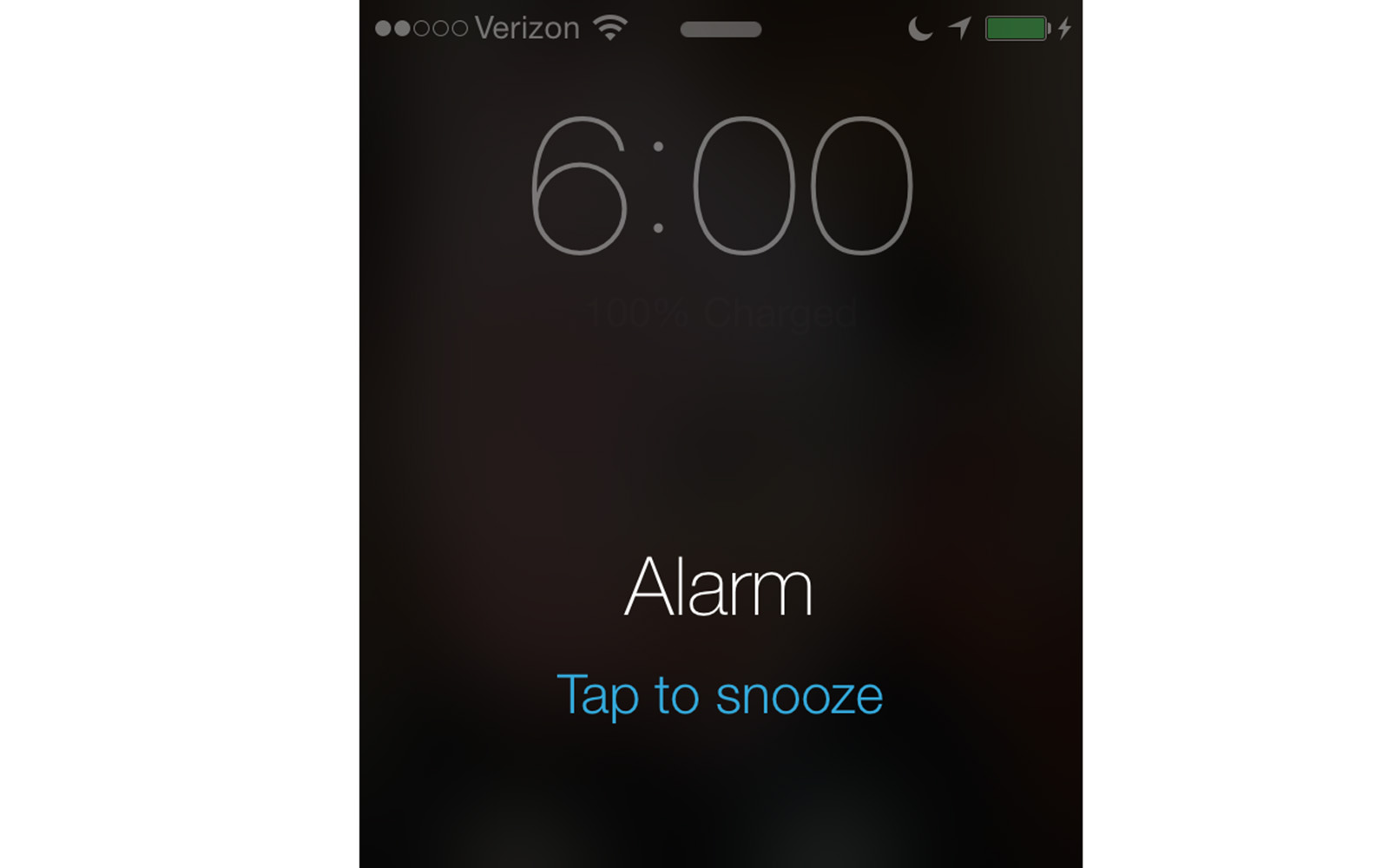
My father oft quoted, “Early to bed, early to rise, makes a man healthy, wealthy and wise.”
My son is a high-school senior and follows this edict. His school begins classes at 8 a.m. and he has a 45-minute commute to school. Early to rise, indeed.
Unfortunately, given what we know about the sleep cycles of teenagers, this is not an optimal schedule to maximize his alertness and knowledge mastery. The National Sleep Foundation has an interesting discussion of these issues on its website and makes reference to its national effort, begun in 2014, to sponsor legislation that addresses the relationship between school start times and student well-being and success.
The research is extensive and long lived. Teenagers need sleep and don’t get enough. Their biology makes “early to bed” unlikely, even absent the pressures of homework or the allure of their electronics. And this pattern has been documented world-wide.
It seems simple to start high school at 9:30 or 10 a.m., and improve the sleep cycles and learning readiness of our young people. If we invest large sums in educating them, we should base our delivery of their education upon evidence that maximizes its value. But we do not.
Sadly, our teenagers are not the only example of misplaced policy. Take, for example, early education. The evidence is again clear that early learning is hugely important to life-long accomplishment. With that in mind, many political leaders are working to increase our investment in early preparedness by funding more kindergarten and pre-kindergarten activity. These efforts are to be applauded and their potential is great. Yet our implementation is often flawed.
We tend to make kindergarten and pre-kindergarten simply early applications of grade school, complete with rote memorization and focused presentations to children who are expected to sit, listen and absorb.
It has been humorously observed that parents spend the first two years of a child’s life teaching him or her to learn to walk and talk. Then, parents and educators spend the next two decades telling that child to sit and be quiet.
There is strong evidence that young children learn by play. They gain from being in settings with opportunities to build with blocks, choose lessons, move at an individual pace, and experiment with how the world works. Their best learning environment provides access to learning tools, guidance from a kind teacher and the company of other engaged children. We can and should create more such settings.
As we observe American children underperforming relative to children in other parts of the world, our tendency is to push for more tests and for more reading, writing and arithmetic. We come up with high-stakes tests and a “common core” to try to raise the average performance.
Yet we rarely view the answer to be increasing the time on task. We tend not to lengthen the school day, nor to extend the school year. We tend not to make the day more engaging. In fact, one method that has been implemented to increase the attention to reading, writing and arithmetic is reducing or eliminating recess and physical education. So we create an environment perfect for growing unfit, overweight young people. The evidence is strong that exercise and fitness are linked to mental acuity, yet we reduce it.
So, based on research, it seems that three small proposals are worth considering as we try to improve our educational outcomes: start the high schoolers’ day later, make kindergarten and pre-kindergarten age-appropriate learning environments, and return physical activity to a prominent place in educational programs.

John A. Elliott
Dean, UConn School of Business
John A. Elliott is dean of the UConn School of Business, as well as the Auran J. Fox Chair in Business. John is a certified public accountant with professional experience as an auditor and consultant. His research is concentrated on the role of accounting information in financial analysis and contracts. When not attending his son’s athletic events or visiting his daughter and her family, John and his wife, Laura enjoy travel. John is also an avid fan of the UConn men’s and women’s basketball teams. View Posts